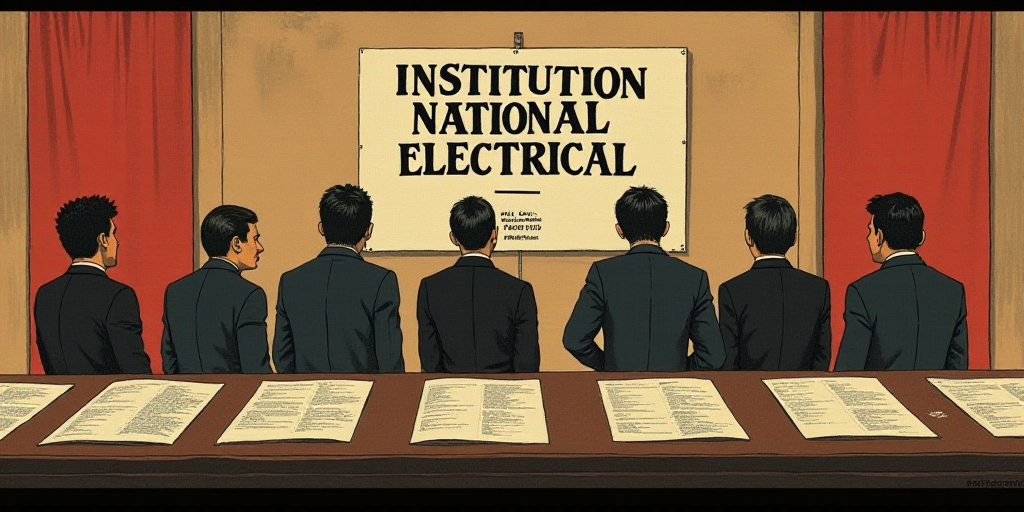Background on Key Candidates and Their Relevance
The Instituto Nacional Electoral (INE) of Mexico has validated and delivered the certificates of majority to the newly elected members who will join the Suprema Corte de Justicia de la Nación (SCJN). This election marked the first time Mexicans chose their Supreme Court justices through popular vote. Among the elected are Hugo Aguilar Ortiz, who is set to become the SCJN president, and Lenia Batres Guadarrama, who secured the second-highest number of votes.
Other newly elected justices include Yasmín Esquivel Mossa, Loretta Ortiz Ahlf, María Estela Ríos González, Giovanni Azael Figueroa Mejía, Irving Espinosa Betanzo, Arístides Rodrigo Guerrero García, and Sara Irene Herrerías Guerra. Their roles are crucial in shaping Mexico’s legal landscape and ensuring justice for its citizens.
Election Process and Irregularities
The election process, while historic, was not without challenges. The INE conducted a thorough review of over 800 suspicious ballot boxes found across 25 states, containing approximately 3.7 million votes that were ultimately discarded.
- Irregularities included voting percentages exceeding 100% without justification, ballots lacking duplicate copies, and “Casillas Zapato” where all votes went to a single candidate.
- The “acordeones” case, referring to potential vote manipulation, raised concerns among INE consejers. Although some advocated for invalidating the entire election, their motion was rejected due to insufficient support.
- Consejera Claudia Zavala acknowledged the uncertainty surrounding those responsible for these irregularities, emphasizing that investigations would continue to identify potential wrongdoers.
INE’s Response and Future Investigations
Despite the irregularities, INE confirmed the eligibility of all candidates, stating no violations of the “8 de 8” rule or outstanding warrants were found. Consejera Presidenta Guadalupe Taddei Zavala announced an internal investigation to determine the possible responsibility of public officials involved in these irregularities.
Hugo Aguilar Ortiz’s Call for Support
Aguilar Ortiz, the incoming SCJN president, emphasized the importance of indigenous and Afro-Mexican participation in Mexico’s history, including this electoral process. He urged the public to support the new SCJN and the judicial branch, acknowledging past discrimination against indigenous peoples and Afro-Mexicans within these institutions.
In his native Mixtec language during the ceremony, Aguilar Ortiz expressed gratitude to INE for treating indigenous and Afro-Mexican communities with dignity, stating that their voices, petitions, and presence were once ridiculed and discriminated against in these institutions.
He further dismissed any connection between his election and the “acordeones” controversy, asserting that his votes came directly from the people.
Key Questions and Answers
- What were the main irregularities detected during the SCJN election? Irregularities included voting percentages exceeding 100%, missing duplicate ballots, and “Casillas Zapato” where all votes went to a single candidate. The “acordeones” case, suggesting potential vote manipulation, also raised concerns.
- How did the INE address these irregularities? Despite the issues, INE confirmed all candidates’ eligibility. An internal investigation was launched to determine possible responsibility among public officials involved in these irregularities.
- What did Hugo Aguilar Ortiz say about his election and the role of indigenous and Afro-Mexican communities? Aguilar Ortiz emphasized the historical significance of indigenous and Afro-Mexican participation in Mexico’s development, including this electoral process. He called for public support of the new SCJN and judicial branch, acknowledging past discrimination against these communities.






